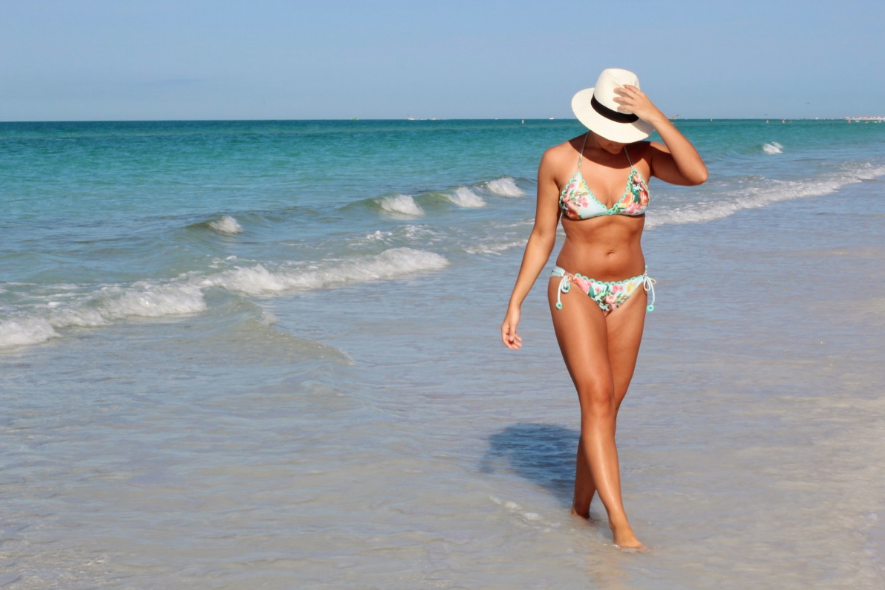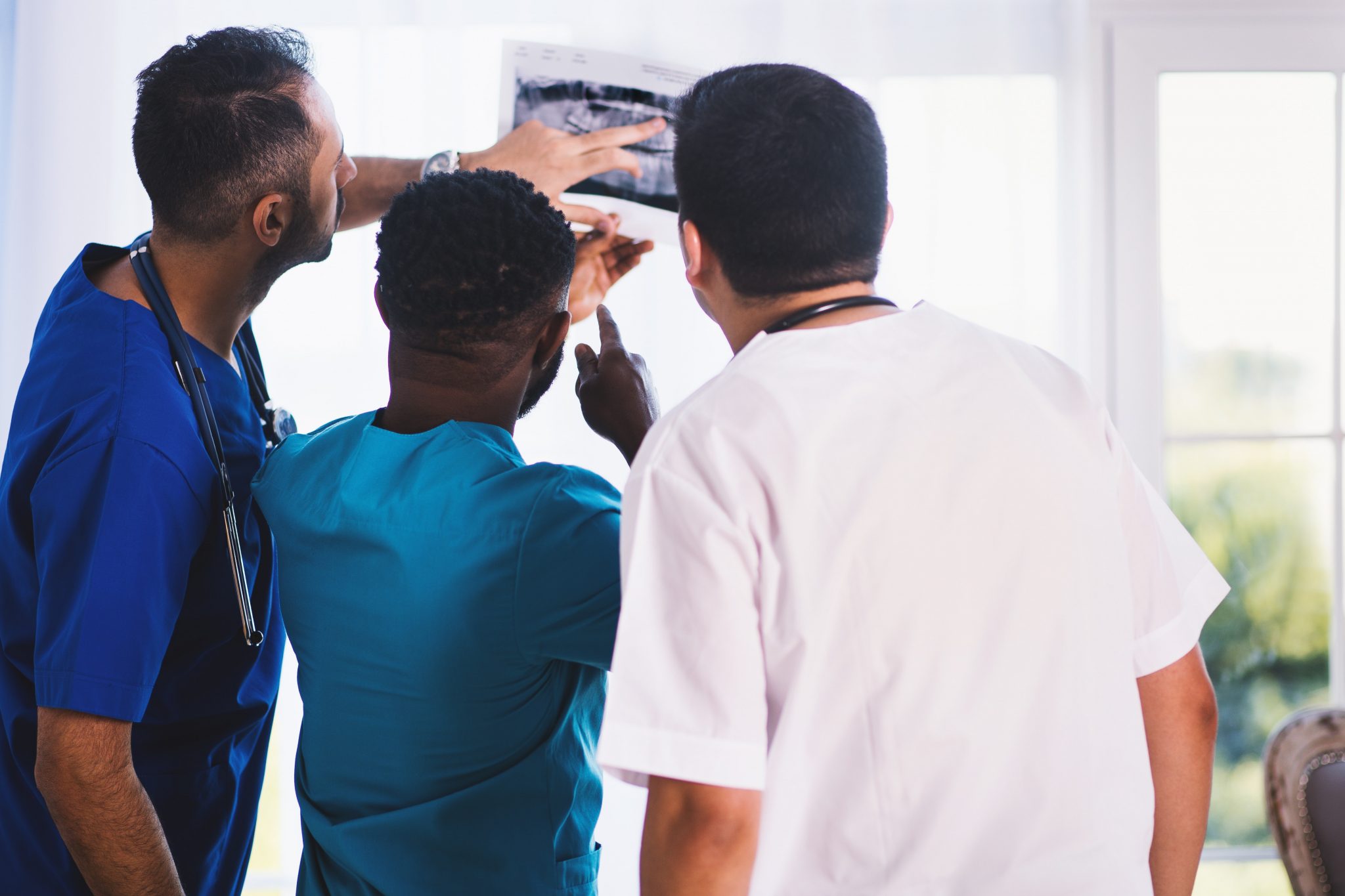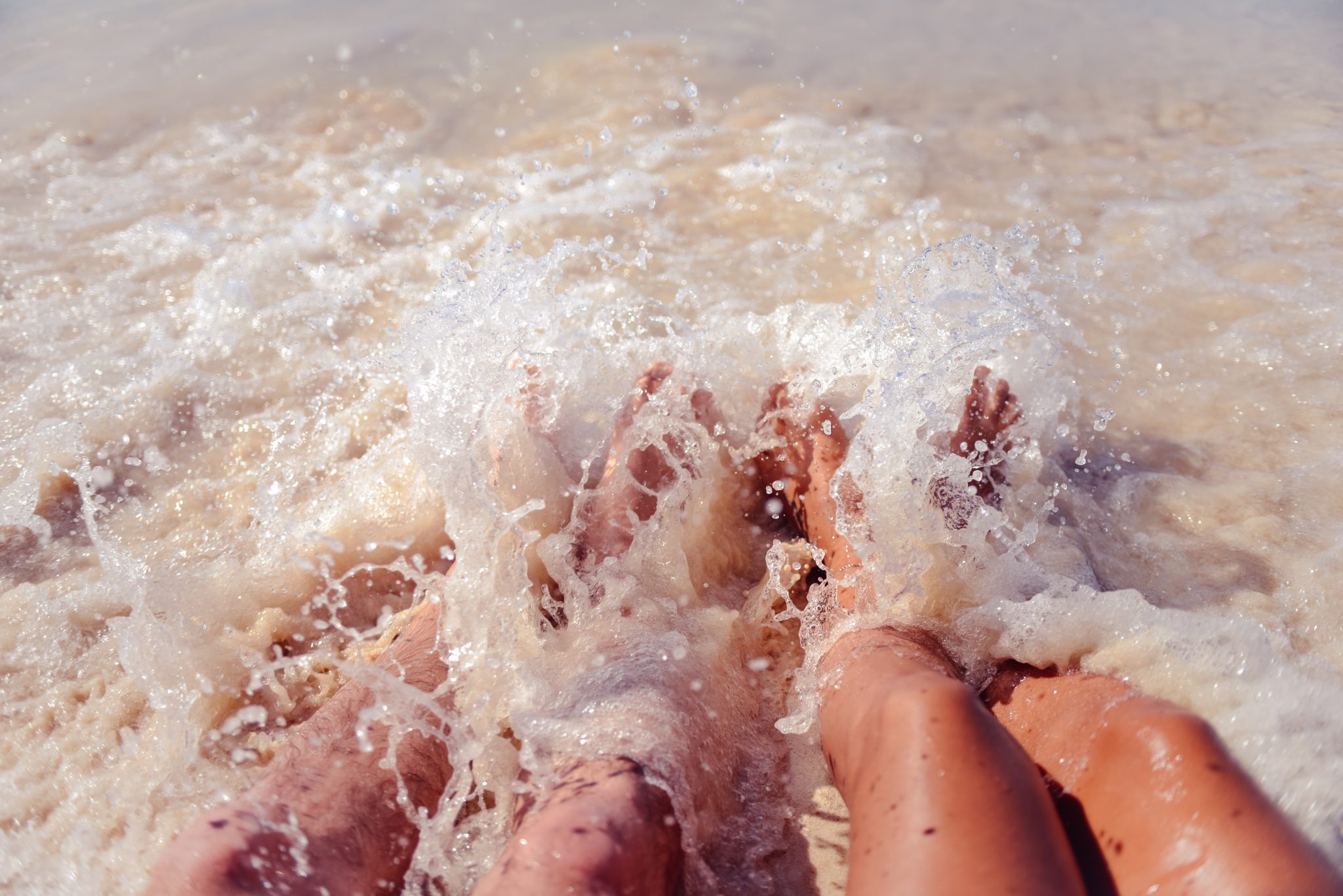7 things you are doing that causes spider veins
Varicose or spider veins can be described as twisted, swollen, enlarged veins. Varicose veins can develop anywhere, but spider veins are most commonly found on the legs and face. This is because walking upright and standing for long periods of time increases the pressure in the veins of the lower body.
Thread veins, or spider veins, are smaller than varicose veins. They resemble spider webs or tree branches and are usually red in color. They can be easily seen underneath the skin, but they do not make your skin bulge out or swell as varicose veins do.
Many people regard varicose veins and spider veins as only a cosmetic concern. However, in some cases, spider veins can cause discomfort and aching pain. In more severe cases, they can also lead to more severe problems.
Spider veins can be treated through self-care measures or procedures which involve closing or removing veins.

Who gets spider and varicose veins?
Spider or varicose veins can occur in both men and women of any age. However, spider veins most commonly affect older people and women in the childbearing years. Some estimates have also shown that almost 10% to 15% of older women and men have spider or varicose veins.
Older age and a family history of spider veins also increase the possibility of developing spider or varicose veins. However, there are also other risk factors which can cause spider veins.
What causes spider veins?
Spider veins are usually caused by problems in the valves of the veins which prevents blood from flowing normally. Blood filled with nutrients and oxygen is pumped to your entire body through the arteries. Veins are then responsible for carrying the blood from all different parts of the body back to the heart. Normally, the valves in your vein act as one-way flaps. These valves are primarily located in certain deep veins and in perforating veins.
However, if these valves or flaps don’t close correctly, blood can flow back into the lower part of your vein, rather than flowing towards the heart. As more blood pools in the lower part of the vein, the pressure on the vein increases, weakening its walls and causing it to grow larger.
As the walls of the veins become weaker and less efficient than normal, the volume of blood in the veins increases, leading to spider veins. In some cases, the weakness or absence of valves in the veins also results in poor blood circulation in the veins, causing spider veins.
Things you are doing which causes spider veins
Spider veins and varicose veins are usually hereditary and most often develop in women rather than in men. This can be because of hormonal factors from menopause, puberty, HRT, pregnancy, and the use of birth control pills. Factors which can cause spider veins include:
1. Pregnancy
During pregnancy, the rate at which blood flows from the legs to the pelvis decreases, while the volume of the blood increases. As a result, the pressure on the veins increases, leading to spider veins. First-trimester pregnancy also causes a drastic increase in hormone levels which affects the veins and can cause spider veins.
Moreover, during pregnancy, the uterus also puts pressure on the vein responsible for carrying blood from the feet and legs to the heart, which further contributes to spider veins.
2. Gaining excess weight
Putting on extra weight increases the pressure on the veins which forces them to work even harder to carry the blood back to your heart. This also increases the pressure on the valves, increasing the risk of leaking.
As the increased pressure weakens the valves and walls of the veins, the veins become unable to pump blood properly. The increased pressure on the weakened and damaged pain increases the risk of blood flowing backwards and pooling in the veins.
3. Long periods of standing or sitting
Jobs which require doing something repetitively or involve standing or sitting for a long period of time can affect your blood flow and increase your risk of developing spider veins or varicose veins.
Standing or sitting for long periods causes the blood to pool in your leg veins, which increases the pressure on your veins. This increased pressure can cause the veins to stretch. As a result, the valves are damaged, and the walls of the veins are weakened, causing spider veins.
4. The use of birth control pills
Taking birth control pills can also lead to the development of vein disease and blood clots. Birth control can cause hormonal fluctuations, which can contribute to the development of spider veins. This is because hormones reduce blood flow and this reduced blood flow can increase the risk of blood clots, consequently causing spider veins.
5. Staying in the sun for too long
The sun’s ultraviolet light breaks down collagen, a protein which forms the walls of veins. The veins found close to the surface of the skin can be easily damaged by this light, which can cause spider veins. Fair-skinned individuals and people who already have spider veins are more at risk from ultraviolet rays. Hence, make sure you put on some sunscreen to protect yourself from spider veins and harmful rays.
6. Wearing tight-fitting pants and high heels
When walking in flat shoes, the calf muscles help pump the blood out of the leg by contracting with every step. However, wearing high heels changes this natural walking motion as all the weight is shifted to the toes and feet. The calf muscles are unable to contract normally, making it harder to push blood out of the leg. In short, wearing high heels for long periods of time can contribute to the development of spider veins.
Wearing pants which are tight around the waist can also cause spider veins. As mentioned above, the increased pressure damages the veins. As a result, the veins become less effective in pumping blood back to the heart.
7. Smoking
Smoking damages the veins, preventing them from working effectively and properly, which can cause spider veins.





